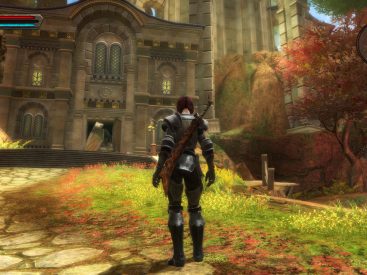In fast-paced games, every action (sword swings, spells, headshots, critical hits) depends on servers, and even a slight delay can affect the outcome. Reliable and low ping and stable servers work is crucial for players. However, ensuring this is only sometimes possible, especially when players are in different regions.
A solution would be central servers that accommodate players worldwide to minimize lost packets and game desynchronization. To prevent issues, developers also can use special tools to check website status or current server accessibility.
What are central servers?
Central servers are created to balance out minimum delay and highest coverage. It is necessary to avoid gaming session problems and allow players to forget about questions like “Is Minecraft not working?” Such servers are generally set up in well-connected areas like capital cities to cater to gaming communities across different regions.
They also cater to gamers who live in remote areas or are off the beaten track and those who game during late hours when other servers are inactive. When selecting a central server location, it’s important to prioritize the average ping instead of the lowest ping.
This is because the aim is to provide good latency for a larger group of users, even if some users might experience slightly higher latency than if the server was closer to their physical location. Generally, the goal of central servers is to reduce the longest distances between users and the server since distance is usually the main factor affecting latency in a network.

What are the benefits?
Developers benefit from using a central server location because it allows them to reach a larger audience within a specific region, enabling players to connect with others they may not have had access to before. This increased reach means that developers can provide a more inclusive gaming experience to more people while maximizing their budget.
Players who connect to the online game encounter opponents from diverse locations and skill levels. This central server evens the playing field and equalizes the ping or lag time aspect, allowing for fair, unbiased matches. By installing such servers, developers encourage players to improve their expertise and participate actively in the community.

Investing in central servers can bring together your game’s population on fewer servers. This can simplify filling matchmade activities, even if there are fewer active players overall. With a consolidated player population and quicker searches, players can spend more time playing the game than navigating menus. This type of game can motivate players to keep coming back for more.
When these benefits work together, they greatly improve the multiplayer experience of a game. This means players can easily find a match at any time of day that matches their skill level without waiting for prime time or being stuck in a queue. Each task requires a specific tool. Using a local server is better than a central one to achieve the best ping.
If you reside in the same city as your game’s data center, the delay in connection will be extremely minimal. Professional players may even choose to stay inside a data center to reduce their ping by a few milliseconds, but this may negatively affect others.
But where are the world’s central servers?
For multiplayer games like Riot Games’ Valorant, it’s essential to have servers located in different parts of the world to ensure global coverage. Although Riot Games has central servers in North America (Iowa) and Europe (Frankfurt), they don’t have complete coverage in other regions.
The available cities for South and Latin American players are Santiago, Mexico City, Miami, and Sao Paulo. However, they are all located in a central area, and African players have only one option: Istanbul.




